Konglish
“Say again?” said a waitress. I was red-faced. It was the third time I had to repeat the exact words to order food at a restaurant. She seemed to be annoyed by me on a hectic day. I was so embarrassed by the other customers around who could overhear it. She finally squinted her eyes and guessed my order with clear pronunciation. I said yes. She heard my yes clearly. Of course, I had to bite a pound burger instead of a taco. Since then, I have preferred not to dine in a restaurant. I have spoken English as a foreign language for ten years in the United States. I learned a lot more from real-life events than from textbook teaching. Yet, it includes unexpected events with embarrassment, uncomfortable public attention, and unintended mistakes. After all those years, English is still bugging me, and I occasionally repeat my order in a restaurant. Konglish is to express how complex it is to practice English to me. My first language, Korean, is a primary tool for learning English. When someone asks me a question in English, my brain goes through:
- Listening to the question in English
- Translating it into Korean
- Processing the core meaning
- Converting my answer back to English
- Answering verbally
This process often mixes the two languages, resulting in broken English, also known as “Konglish” (Korean English). This project visualizes Konglish in the mutant form made of Roman and Hangul characters.
Featured by Typeforce, Studio Mossaic
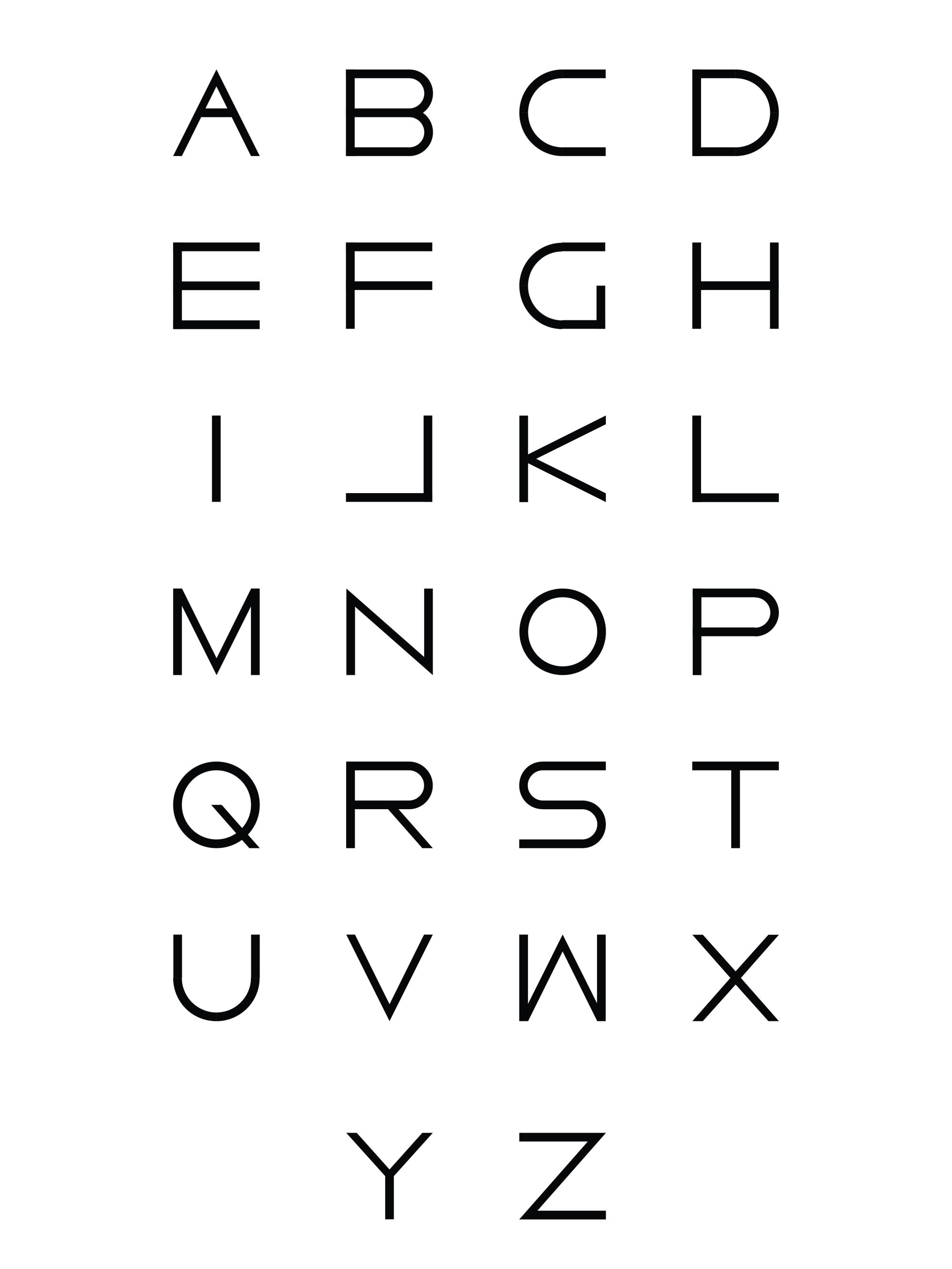
Basic Roman characters in a square grid
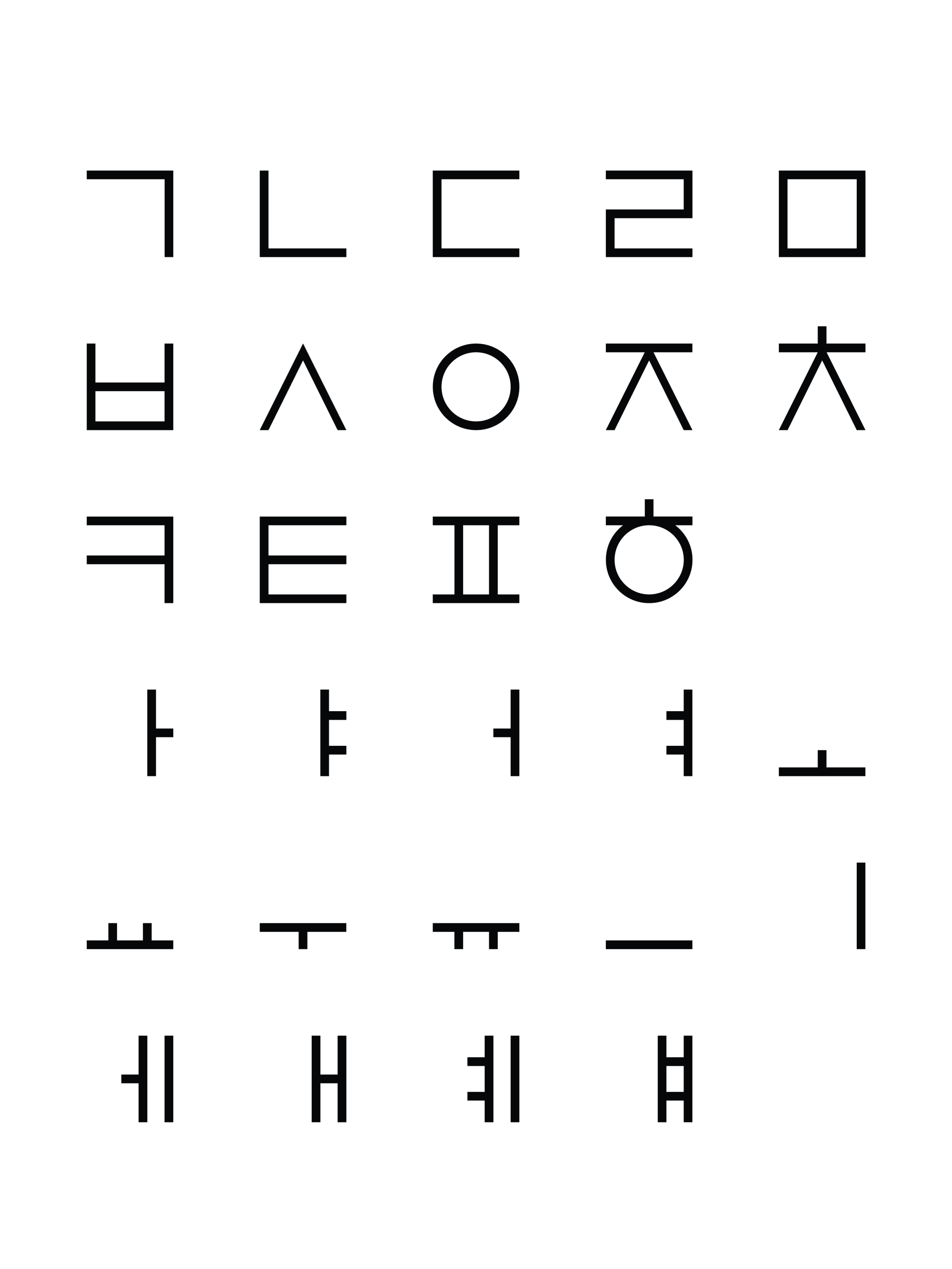
Basic Korean characters in a square grid
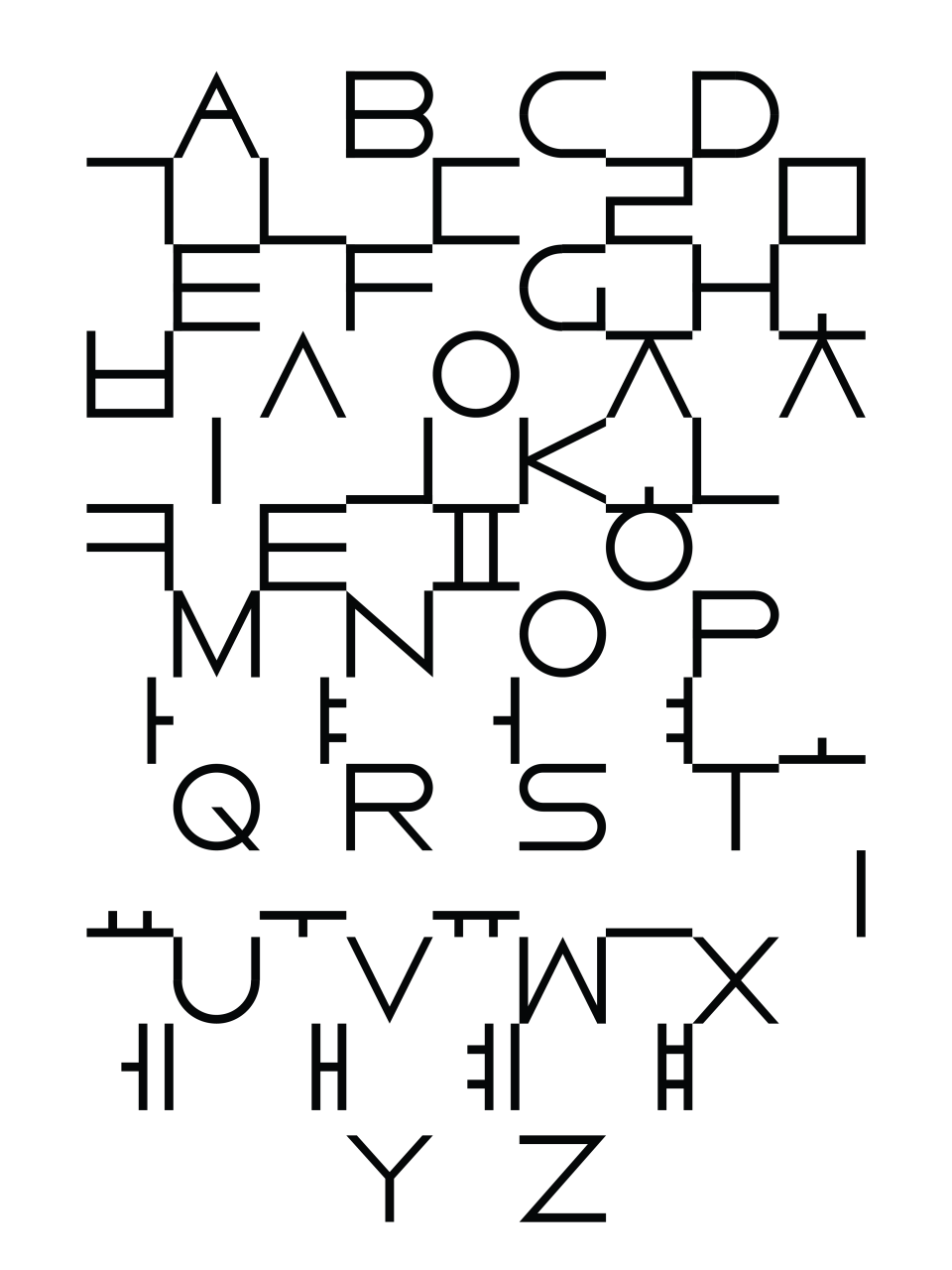
Set Roman letterform onto Korean letterform. Examine all variations set in a tabular format.
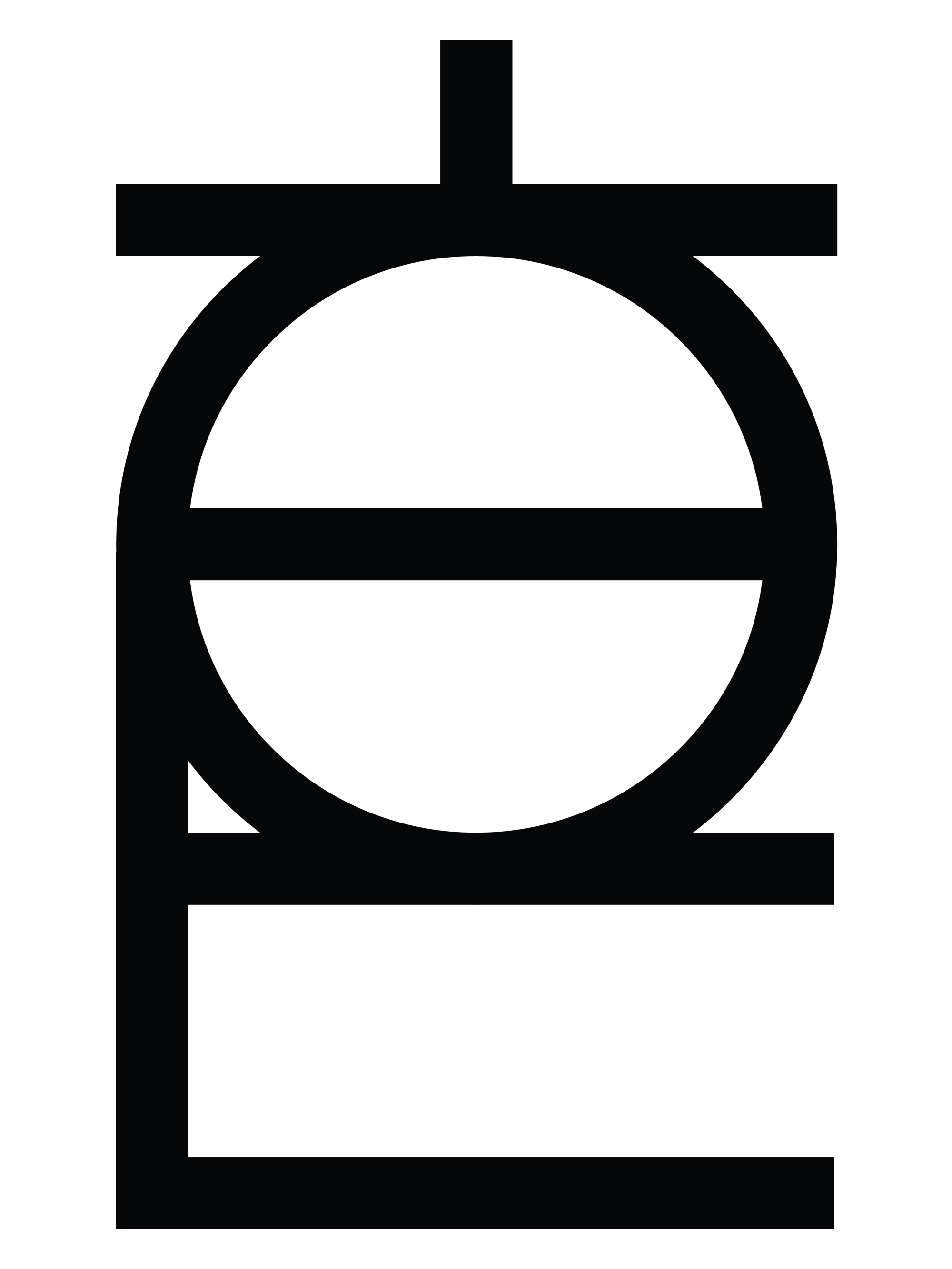
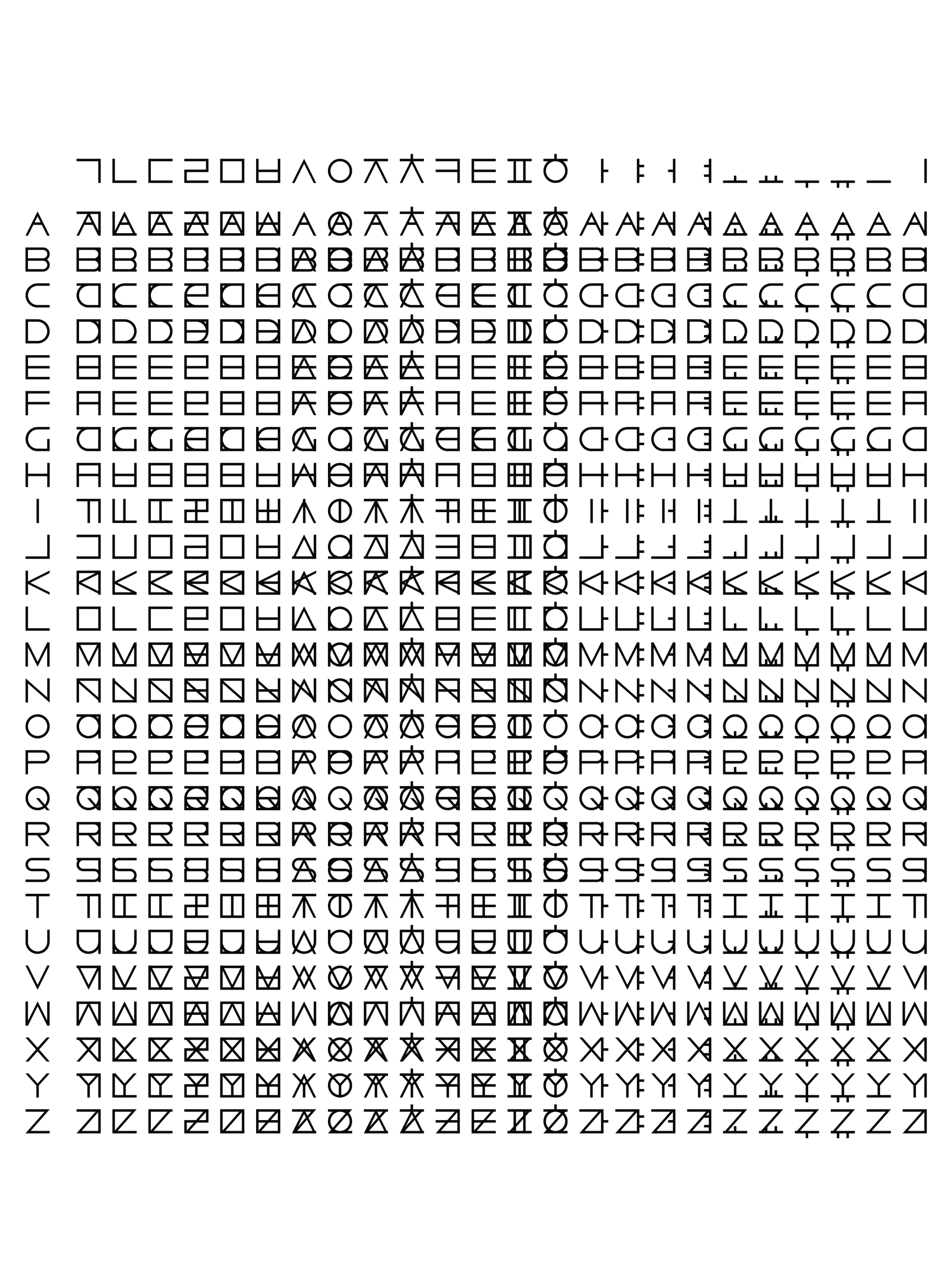
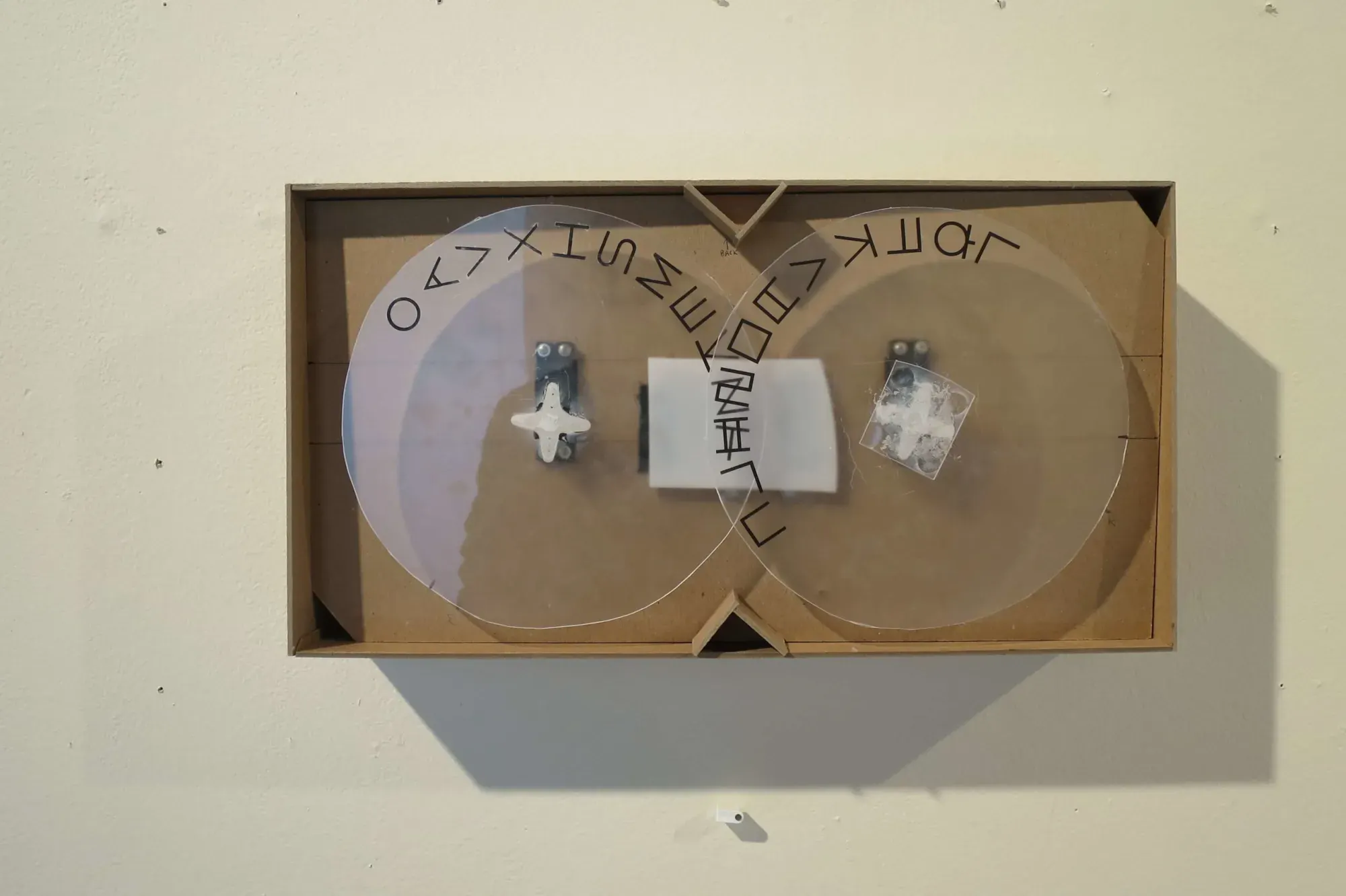
Arduino controls servo motors in a hand-made housing system.
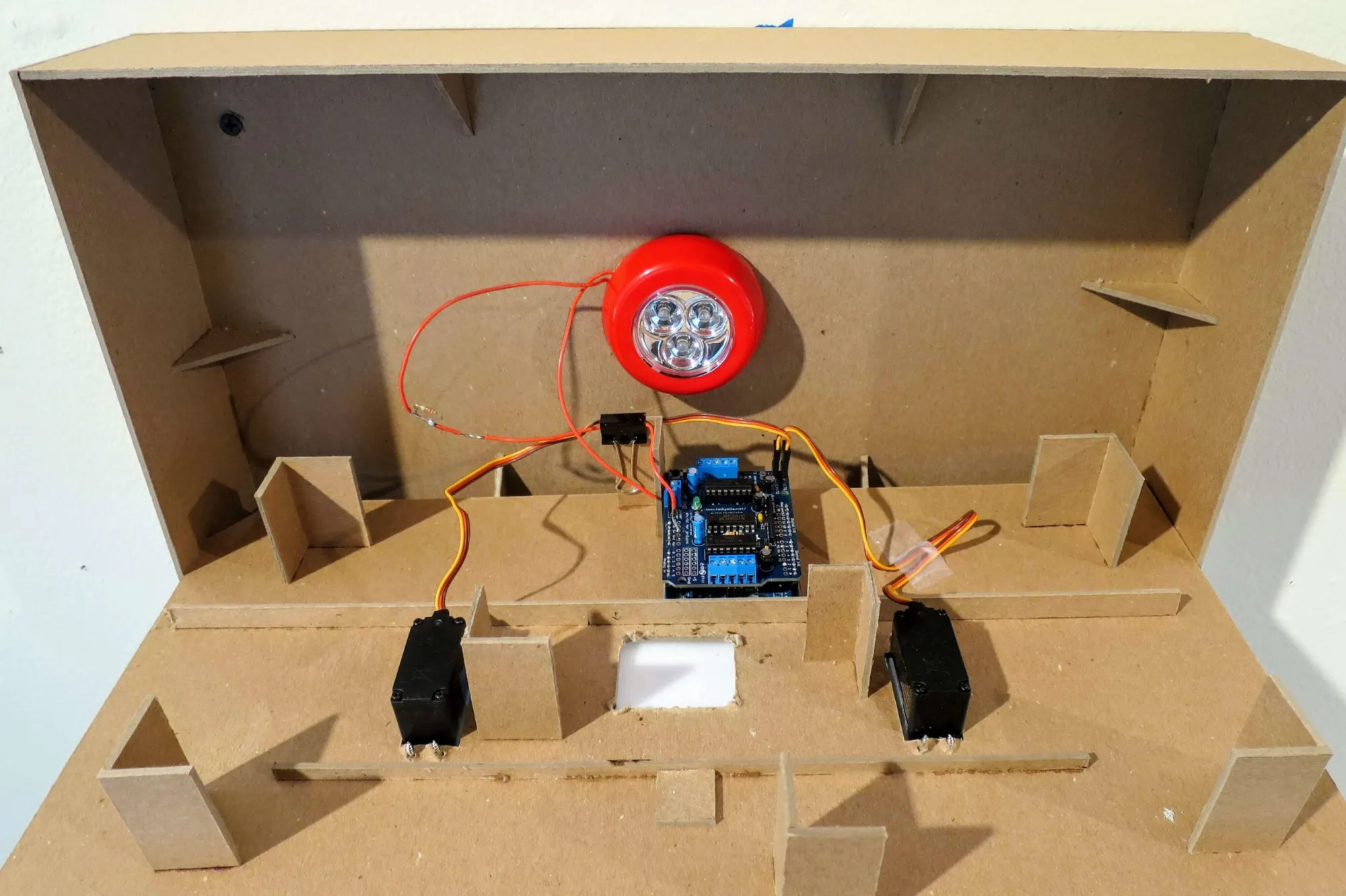
Letters set on the disks that are attached to the servo motors.
The servo motor timing control and the presentation through the tiny window show my hesitancy disclosing the personal matter to audiences. And the misaligned registration by accident represents my poor language performance and emotional struggles.
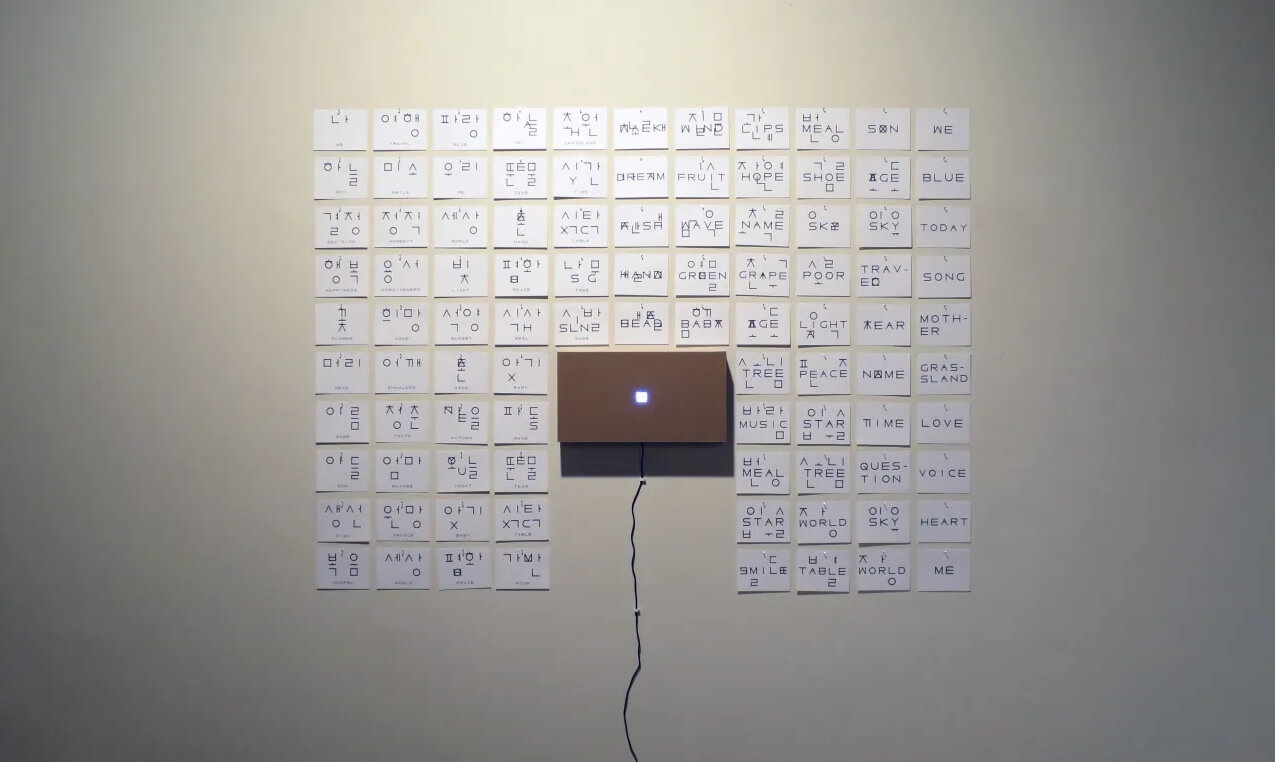
Gallery installation. (Un)readable words as getting close to center from both sides.
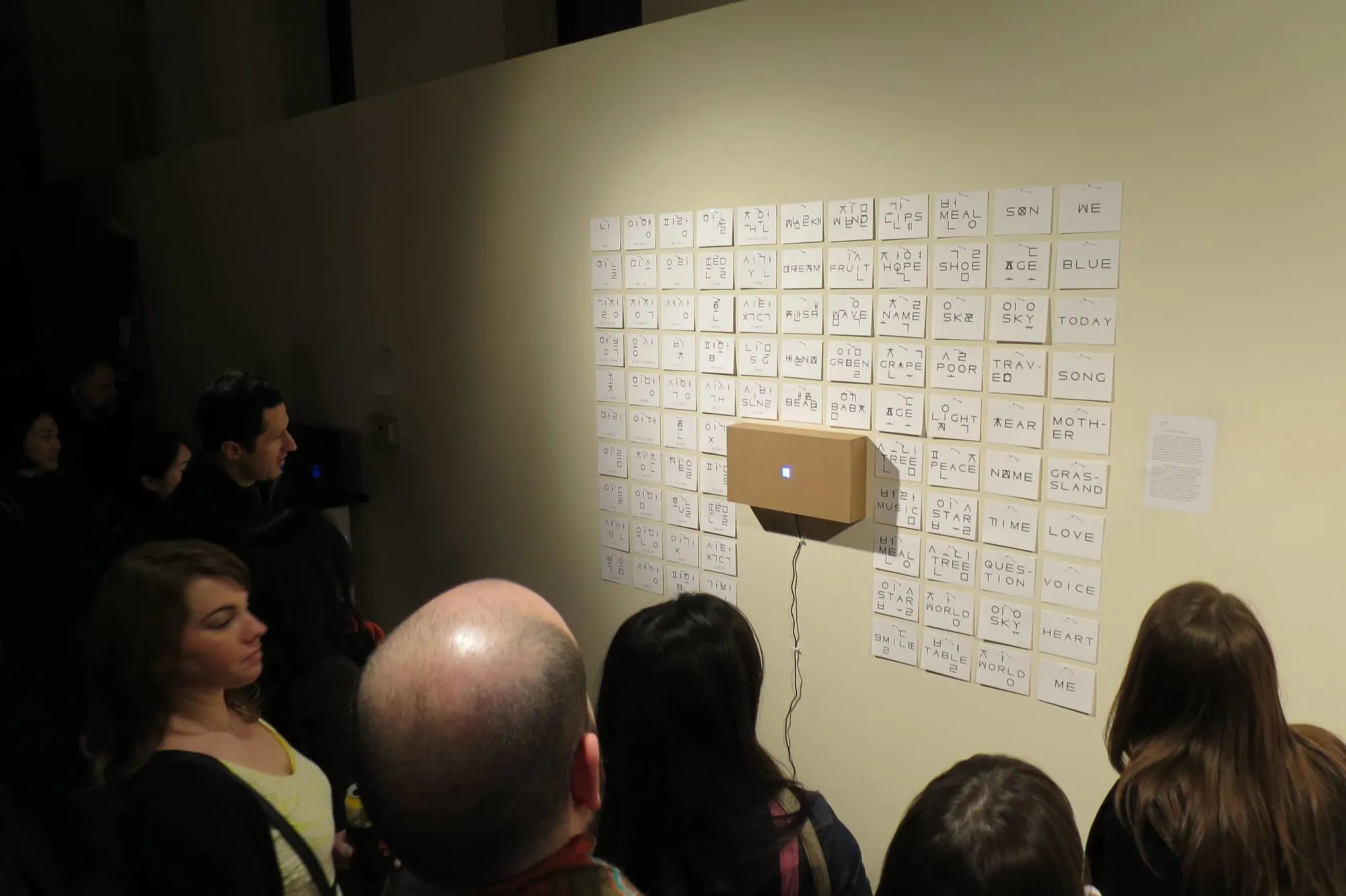
The TypeForce Opening Night
End. 2011/03/18